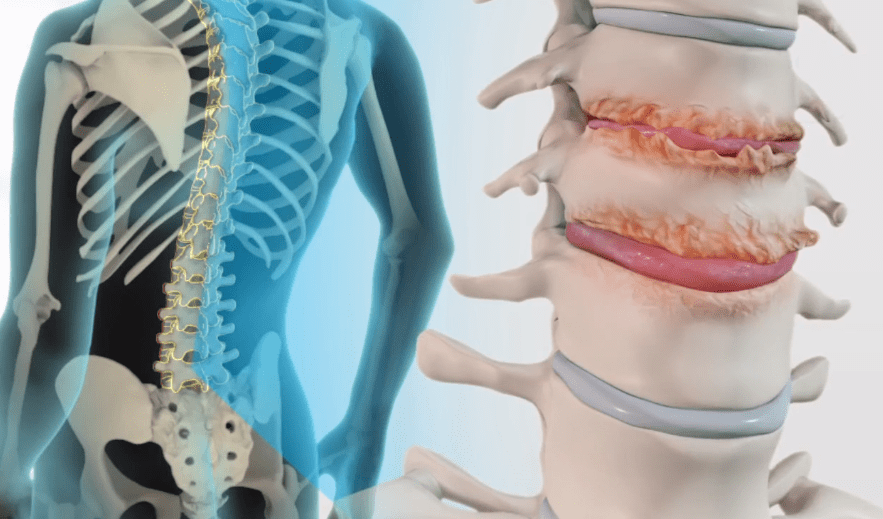Spinal Surgeon
Spine Specialist Doctor Queens

Collaborative plans for treatment: Our spine experts employ a shared decision-making approach to help you choose the right treatment plan for your needs. We help to explain your options and ensure that the plan is right for you.
The surgeon's role is to educate you and assist with the decision-making process - providing you with information about your full range of options, and describing what is technically possible, the difficulty and risk of the procedure and potential benefits. Therefore, it's important that you select a surgeon who is helpful in providing you the information you need to decide whether or not to proceed with surgery.
There are fellowship programs available in both orthopedic and neurosurgery that offer additional training for spine surgery. Your surgeon should have at the minimum, board eligibility or be board certified in either orthopedic or neurological surgery.

